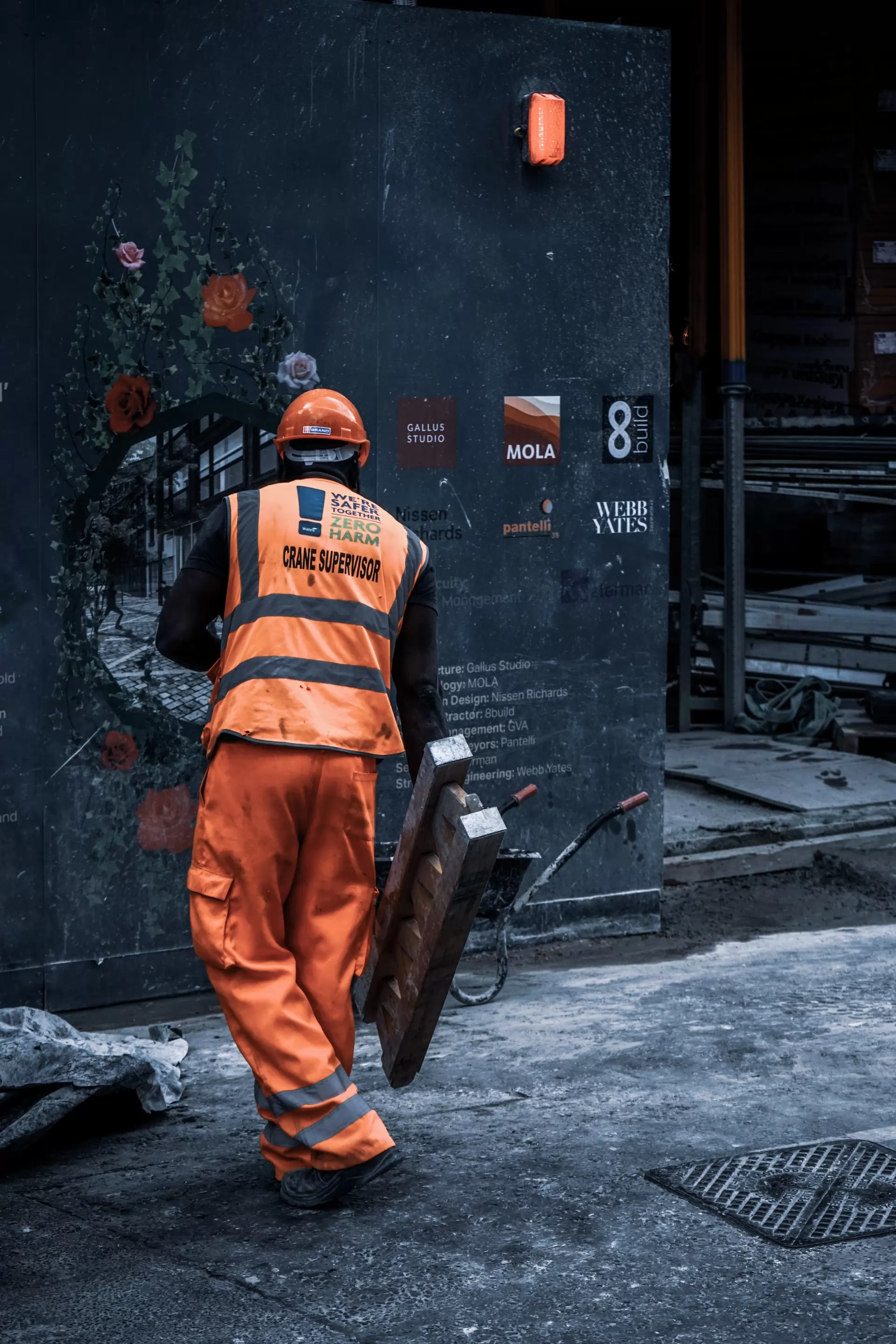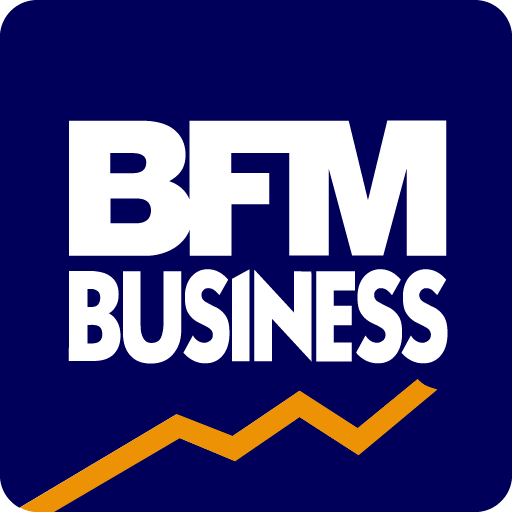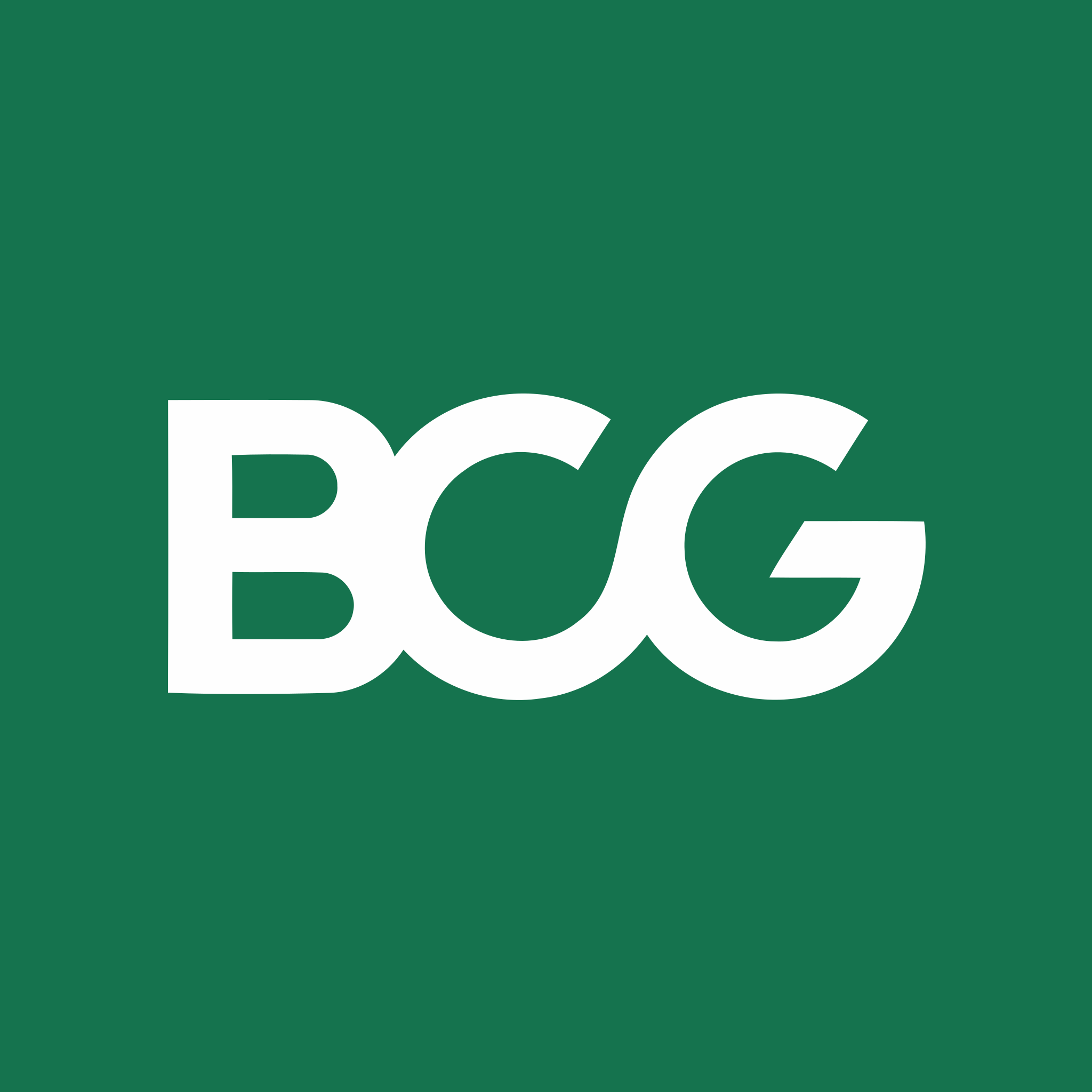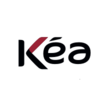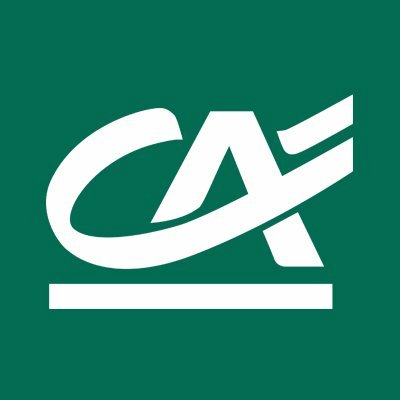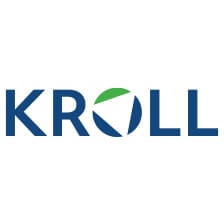Summary of our market study
to understand this market
Detailed content of our market study
 Inforamtion
Inforamtion
- Number of pages : 35 pages
- Format : Digital and PDF versions
- Last update :
 Summary and extracts
Summary and extracts
1 Market overview
1.1 Definition and presentation
Workwear includes 4 categories of clothing: uniforms, signaling clothing, technical clothing and protective clothing. These business sectors have very different dynamics, depending on the customer markets they address. For example, signaling clothing is highly dependent on the construction sector, while protective clothing is closely linked to the industrial sector.
Globally, the workwear market is growing, driven by companies' growing concern for safety and increasingly stringent regulations in developed countries. In emerging countries, rising living standards and population are driving growth with very different growth factors than in OECD countries. In Europe, Germany is the largest importer of workwear. It is followed by France, the United Kingdom and the Netherlands.
In Spain, the workwear market is also growing. In the last five years, the market has been driven by the dynamism of the various customer sectors, especially industry and construction. The healthcare crisis has not had a significant impact on the sector, which has held up fairly well thanks to solid demand and a more customized offer. The biggest drop was in demand for uniforms for the catering and hospitality industries, which reduced their purchases. The country has many specialized distributors, such as Prosegtar, and innovative companies, such as Circoolar.
1.2 The world market
The global workwear market size was valued at USD **,*** million in **** and was expected to grow at a CAGR of *.*% from **** to ****. The growing importance of workwear as a reflection of a person's professionalism in the workplace, especially in the manufacturing and corporate sectors, is expected to remain a prominent factor driving product demand.[***]
Global workwear market size Global, ****-****, USD Billion CAGR +*.* Source: Grand View Research In addition, increasing number of occupational accidents and fatalities across the globe is expected to drive the adoption of appropriate workwear and footwear. According to theInternational Labor Organization (***), some *.* million people die each year worldwide as a result of occupational accidents or illnesses.
1.3 The domestic market
Between **** and ****, the turnover of the workwear market experienced sustained growth. From **** to ****, turnover increased by *.**%, while from **** to ****, an increase of **.**% was recorded. Growth continued in ****, with an increase of **.**% compared to ****. Finally, in ****, turnover increased by **.**% compared to ****. In summary, the overall evolution of the workwear market turnover shows a significant and steady growth throughout these five years, with a cumulative increase of **.**% which highlighted a CAGR of *.**%.
Evolution of the turnover of the workwear sector Spain, ****-****, million euros Source: ****
Also, some evolutions in terms of the EBE of the workwear market are highlighted. From **** to ****, this increased by ***.*%, while from **** to **** it decreased by **.*%. Then, from **** to ****, the EBE increased by **.*%, and finally, from **** to ****, it grew by **.*%. In summary, over the five-year period, the EBE of the workwear market experienced a positive evolution with a total increase of approximately ***.*%.
Evolution of Gross Operating Profit in the workwear sector Spain, ****-****, million euros Source: ****
2 Demand analysis
2.1 Structure of employment in Spain
As the demand for labor clothing is linked to the labor market, it is interesting to analyze the distribution of the Spanish labor market. Thus, in the *st quarter of ****, **.*% of the working population could be found in the services sector, **.*% in the industrial sector, *.*% in construction and *.*% in agriculture.
Percentage distribution of jobs in Spain Spain, Q* ****, %, in % Source: ****
In the period from **** to ****, there is a decreasing trend in the share of agriculture in the overall economy, from *.*% in **** to *.*% in ****. On the other hand, industry has experienced moderate growth, reaching **.*% in ****. Construction has also shown an increase in its share, although more stable, ranging between *.*% and *.*%. As for services, they have experienced a considerable increase, rising from **.*% in **** to **.*% in ****. Finally, the unemployment rate has generally decreased, albeit with some fluctuations, falling from **% in **** to *% in ****.
Evolution of the Spanish labor market Spain, ****-****, % Source : INE The industrial sector is the most interesting sector in terms of the workwear market. Indeed, if the tertiary sector may need uniforms or customized work clothes, a special work clothing is needed by workers in the industrial sector. This clothing, which is PPE (***), must follow special rules to protect workers from the ...
2.2 Demand factors
The level of demand for workwear in Spain evolves as a function of cyclical and structural factors.
Cyclical factors
On the one hand, national economic growth is a determining factor of demand insofar as it can stimulate or, on the contrary, slow down the growth of employment and the number of employees. An increase in the number of employees, especially in the industrial and construction sectors, directly leads to an increase in the demand for workwear. On the other hand, more regional factors can have a positive influence on demand, such as tourism on the coast or urban development projects in a metropolis. In both cases, an increase in local workwear needs is observed.
Thus, the following graph shows the growth of the Spanish GDP. After a fall of **.*% in **** due to the Covid pandemic, we can see the good recovery of the economy with the growth of **** and **** (***)
Growth of the Spanish economy Spain, ****-** Source: ****
Structural factors
The demand for workwear from Spanish manufacturers depends on structural factors that can stimulate the purchase or renewal of these products. For example, the evolution of national standards and regulations plays an important role, and there is also a tightening and multiplication ...
2.3 an embodiment claim
For marketing purposes, the demand for personalization appears more and more important in the field of workwear. It allows in fact for businesses to create a brand image, of identification that can be important in front of the customer.
The example of the Pizzeria Cruel Pizza in Barcelona is an example that can highlight this phenomenon. They wanted an image of their own to ensure the success of their pizzeria, which meant having their own clothing in which customers can easily recognize them. So they reflected their name with the garment they used to accentuate the marketing effect of their name: Cruel Pizza[***]
That personalized demand for workwear belongs to a more global demand in the fashion industry for increasingly personalized clothing. By ****, IDC Spain expected **% of apparel brands to offer customizable garments. [***]
2.4 The most frequent occupational accidents
Finally, the most frequent occupational accidents in Spain may be an indicator of the demand for P.P.E. which results from the need to protect workers. Thus, it is highlighted first of all that in Spain in **** there were a total of ***,*** accidents at work. It should also be noted that **.*% of the accidents occurred in itinere.
Number of accidents at work in Spain Spain, ****, thousands of accidents Source: ****
As for the activities with the highest percentage of accidents, it is worth noting that industrial activities such as production, storage and transformation tasks account for one third of occupational accidents. Thus, the demand for E.P.I. is determined by the occupational risks created by these activities.
Breakdown of occupational accidents in Spain in terms of activity Spain, ****, % Source: ****
3 Market structure
3.1 Market structure
Between **** and ****, there was an evolution in the number of companies engaged in the manufacture of workwear. In ****, there was a decrease of *.**% compared to ****, going from *** to *** companies. However, in ****, there was an increase of *.**% compared to ****, reaching *** companies. The growth trend continued in ****, with an increase of **.**% compared to ****, reaching *** companies. Finally, in ****, *** companies were registered, representing an increase of *.*% compared to ****. Overall, during the period ****-****, the number of workwear manufacturing companies experienced a growth of **.**%, reflecting an overall positive outlook in that sector.
Evolution of the number of companies in CNAE code ****, manufacture of work clothing Spain, ****-****, number of companies Source: ****
Moreover, between **** and ****, the evolution of the number of employees underwent significant changes. A *% decrease was observed between **** (***). Thus, we can highlight an upward trend in the period studied of **.**% of the total number of employees, which shows a growing sector in Spain.
Evolution of the workforce in the workwear sector in Spain Spain, ****-****, number of employees Source: ****
3.2 Geographical distribution
The Asociación de Empresas de Equipos de Protección Invividual (***) represents the interests of its members who are distributors and producers of personal protective equipment. There are *** companies affiliated to the association whose Spanish companies -some of them are from abroad- are distributed throughout the Iberian Peninsula.
4 Offer analysis
4.1 Typology of the offer
Work clothing can be divided into several categories according to its use. Also, workwear can be divided into IPE and non-IPE workwear. As for the non-E.P.I. clothing, it is mainly composed of work uniforms in the service sector, HORECA or customized clothing for e.g. stores in commerce.
Source: ****
As for PPE, their main uses can also be highlighted below for the following risks :
Mechanical risks : Employers must provide protective equipment, such as gloves, helmets and goggles, to prevent grazes, punctures, cuts and impacts. Protection against heat and fire: When workers are exposed to flames, intense heat or heat projection, special clothing must be provided to protect against these hazards. Chemical hazards: Depending on the type of chemicals to which workers are exposed, measures must be taken to prevent exposure, such as the use of respiratory protection equipment, gloves and special suits. Protection against climatic conditions: In environments where extreme weather conditions may pose a risk to workers, appropriate clothing, such as waterproof and insulating fabrics, should be provided to protect them from low temperatures or cryogenic conditions. Biological hazards: In industries such as medicine or waste management, where there is a risk of exposure to biological agents, protective ...
4.2 Prices
The following graph shows the price variation of the fashion sector in Spain. If this graph includes all types of clothing and not only workwear, it shows an inflation of *,***% in the fashion sector in Spain between **** and ****.
It is important to note that the variation of the price index is significant in this sector due to the phenomenon of sales.
CPI comparison between **** and **** Spain, ****-****, indexes Source: ****
As for prices per item, the following table presents prices for some work clothes:
Products Prices High visibility shirt **,** euros High visibility pants **,** euros High visibility parka **,** euros Safety boots **,** euros Safety shoes delta sport S*P SRC **,** euros ONYX double shell construction site helmet ** euros Granite Peak Work Helmet **,** euros Anti-cut safety gloves **,** euros Catering stole from **,** euros Sanitary coat from **,** euros Normal T-shirt from *,** euros gALWORKER texas work jacket from *,** euros Elastic work pants from **,** euros Source: ****
4.3 Supply trends
Workwear now incorporates the notion of image
The main function of work clothing is to protect the worker, especially in dirty or dangerous occupations. The aim is to provide workers with all the well-being they need in terms of functionality and practicality: this is how the "blue shirt " was created, originally reserved for workers during the industrial revolution.
But little by little, workwear has been acquiring new functionalities and new designs, becoming a professional garment that is comfortable, resistant, modern and even fashionable in terms of color, cut and quality of materials. It now fully integrates the notion of image, becoming a true sign of recognition and a means of conveying a certain image of the company. It is now even possible to customize work clothes, which helps to reinforce the feeling of belonging to a team.
Recycled work clothes
From a CSR point of view, a new trend has emerged in recent years: that of recycling professional clothing and PPE at the end of their useful life. Many manufacturers offer to collect used products from companies free of charge if they are sorted and washed.
New materials
New, more comfortable and resistant materials have recently appeared on the market. Gore-Tex ...
5 Regulation
5.1 Regulation
The labor code does not impose a specific way of dressing except in situations where E.P.I. is required. However, there are many companies that indicate a way of dressing in the labor contract between them and the employees. They can thus indicate the need for employees to wear a uniform.
Personal protective equipment (***):
Royal Decree ***/**** of May ** regulates the different types of PPE that may exist, the requirements they must meet and in which case they must be used. The following obligations should be highlighted:
It is the employer's responsibility to identify the positions that require PPE and to provide workers with PPE free of charge. PPE must be renewed as soon as necessary The workers must take care of the PPE. PPE must be adapted to each employee. The employer must train the employees to the use of the E.P.I.
6 Stakeholder positioning
6.1 Segmentation
- FECSA (FABRICA ESPAÑOLA DE CONFECCIONES SA)
- LENARD BCN SL
- MARCA PROTECCION LABORAL SL
- VESTILAB CLEAN ROOM CONTROL SL
- ILUNION TEXTIL S.A.U.
- Partenon (SAGRES SL)
- 3l INTERNACIONAL SA
All our studies are available online in PDF format
Take a look at an example of our research on another market!
 Choosing this study means :
Choosing this study means :
Access to more than 35 hours of work
Our studies are the result of over 35 hours of research and analysis. Using our studies allows you to devote more time and added value to your projects.
Benefit from 6 years' experience and over 1,500 industry reports already produced
Our expertise enables us to produce comprehensive studies in all sectors, including niche and emerging markets.
Our know-how and methodology enable us to produce reports that offer unique value for money.
Access to several thousand articles and paid-for data
Businesscoot has access to all the paid economic press as well as exclusive databases to carry out its market research (over 30,000 articles and private sources).
To enhance our research, our analysts also use web indicators (semrush, trends, etc.) to identify market trends and company strategies. (Consult our paying sources)
Guaranteed support after your purchase
A team dedicated to after-sales service, to guarantee you a high level of satisfaction. +44 238 097 0676
A digital format designed for our users
Not only do you have access to a PDF, but also to a digital version designed for our customers. This version gives you access to sources, data in Excel format and graphics. The content of the study can therefore be easily retrieved and adapted for your specific needs.
 Our offers :
Our offers :
the workwear market | Spain
- What are the figures on the size and growth of the market?
- What is driving the growth of the market and its evolution?
- What is the positioning of companies in the value chain?
- Data from several dozen databases
5 reports pack (-15%) ES Spain
- 5 reports at €75.6 excluding VAT per study to choose from our Spanish catalogue for 12 months
- Save 15% on additional studies purchased
- Choose to be refunded any unused credit at the end of the 12-month period (duration of the pack)
See the terms and conditions of the pack and the refund of unused credit.
